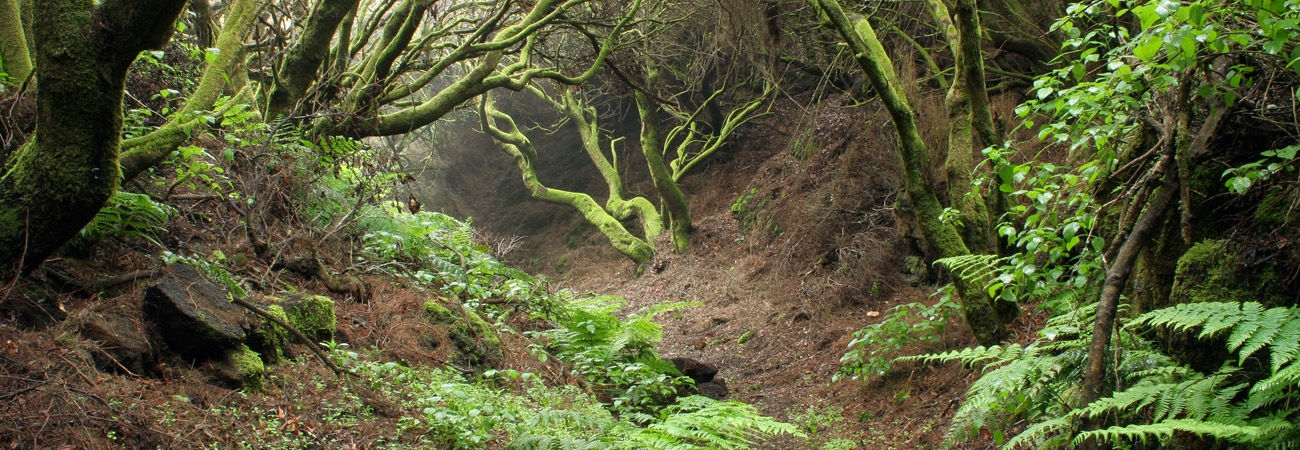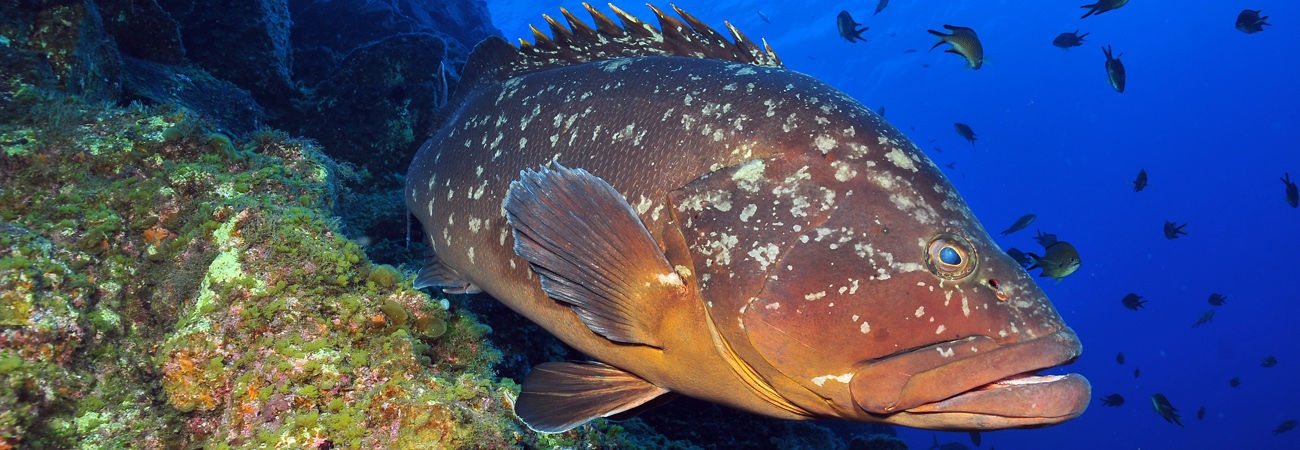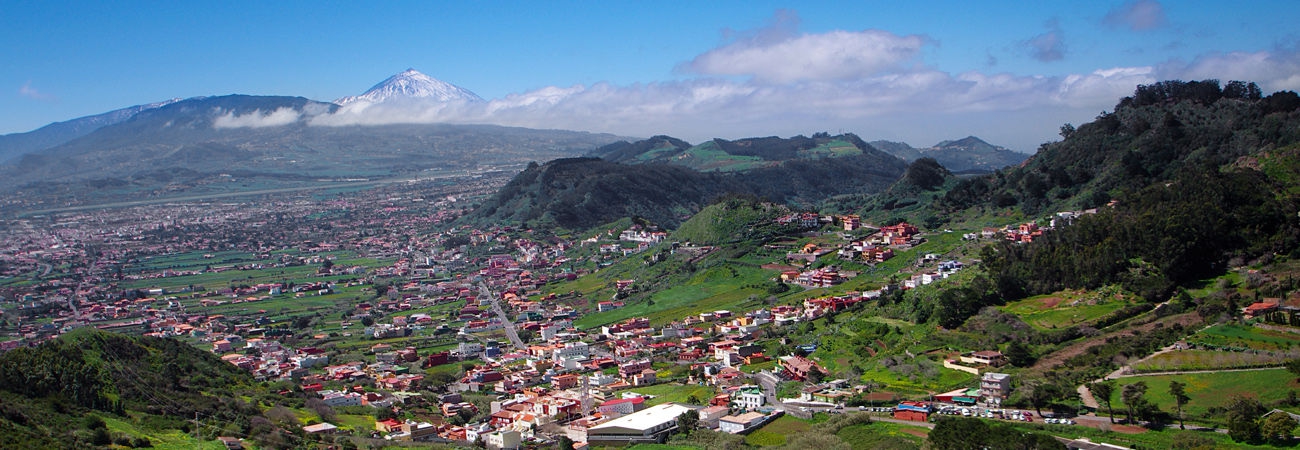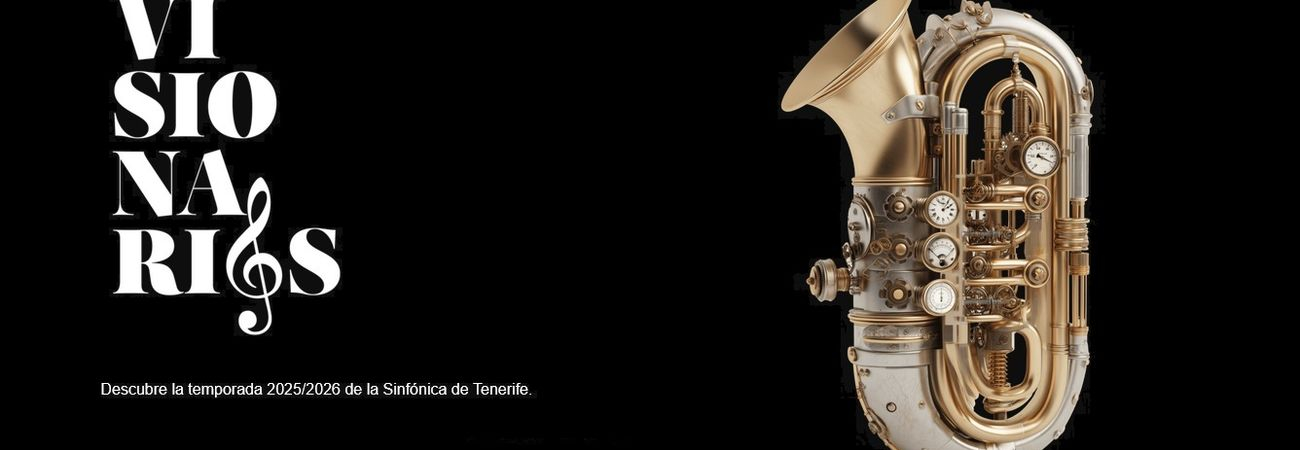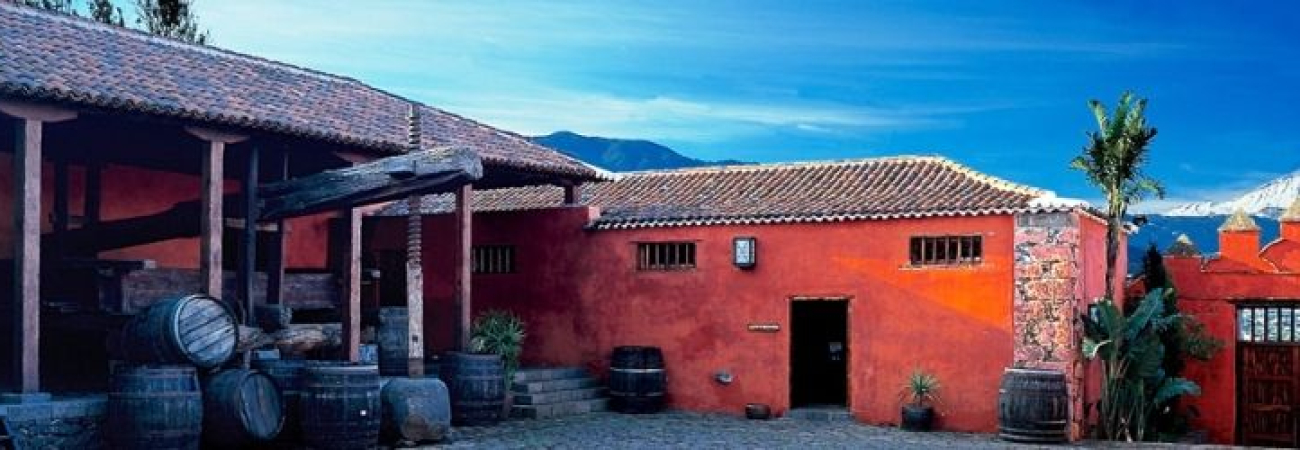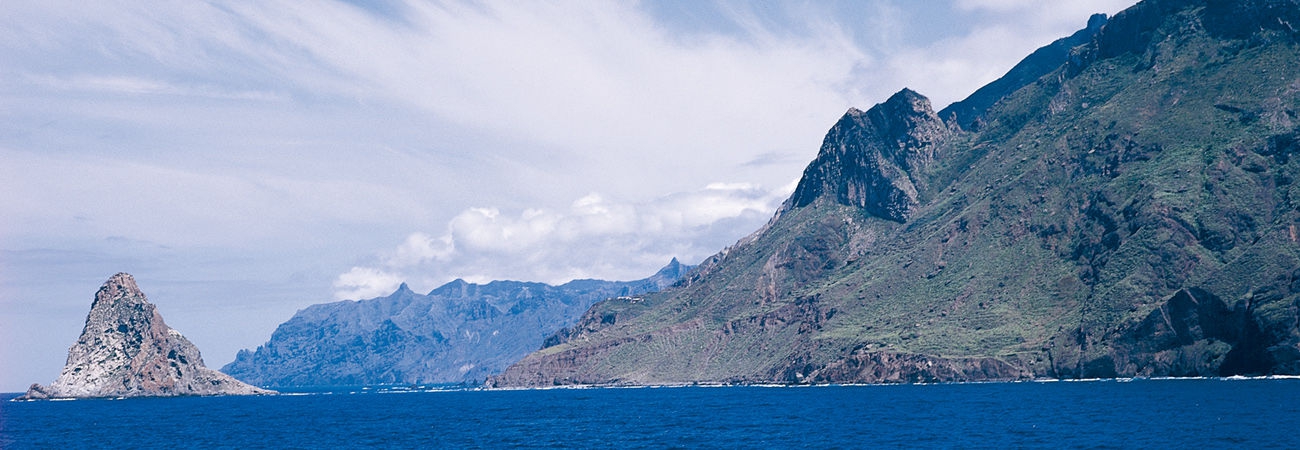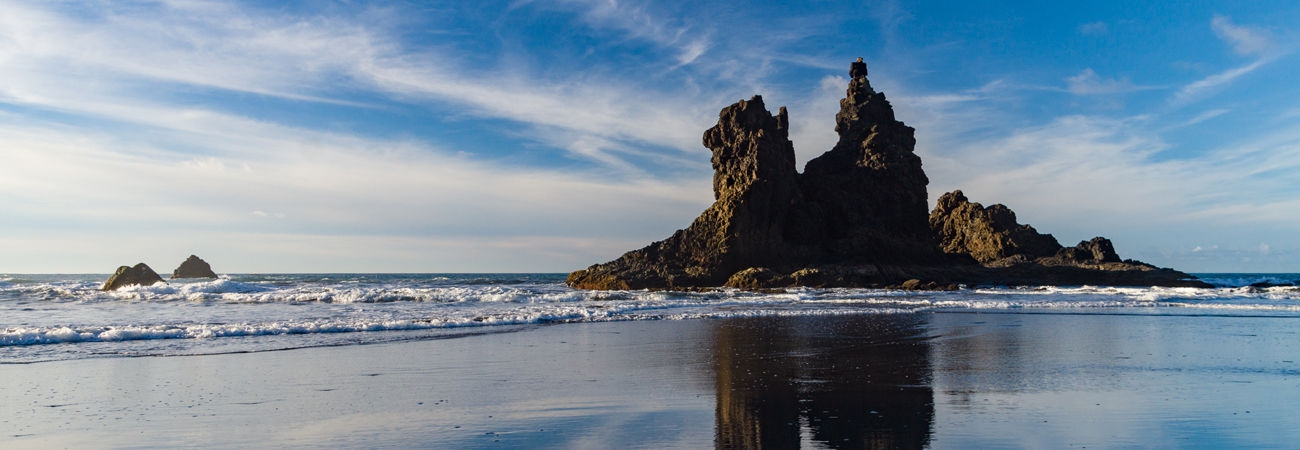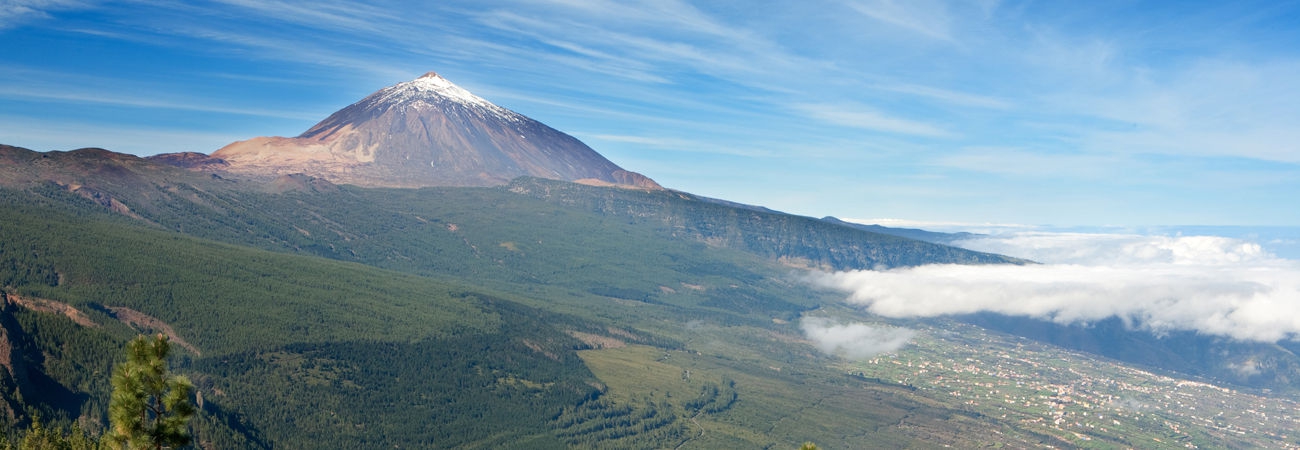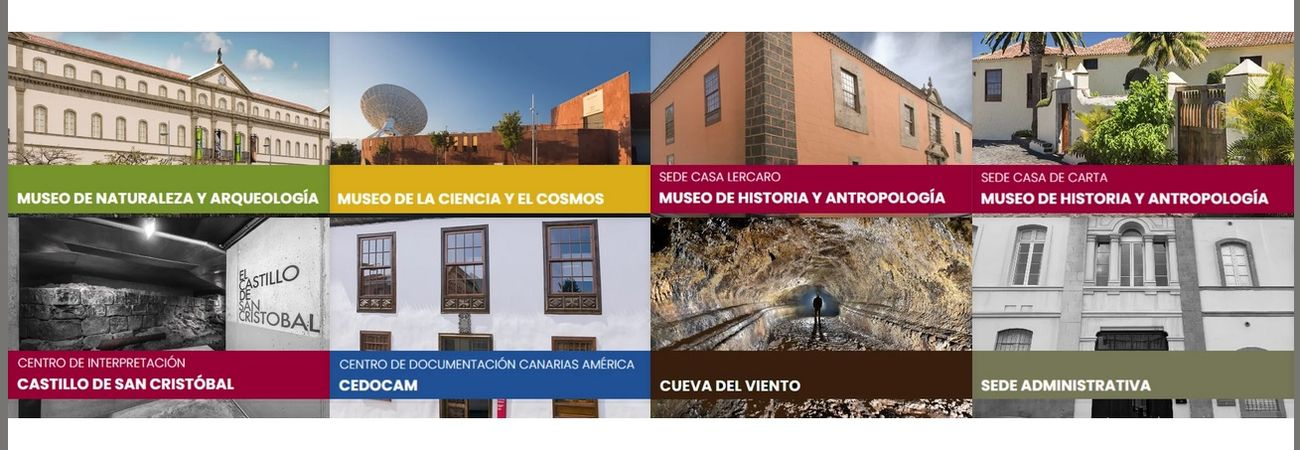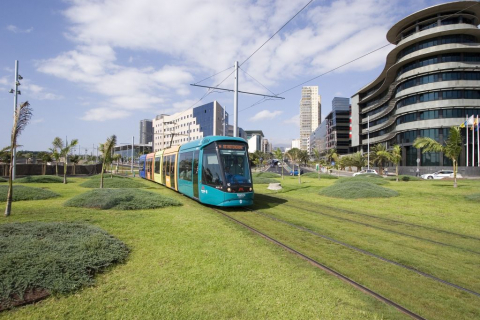History of the 20th & 21st Century
1906 King Alphonse XIII visited the islands, with an entourage of several ministers. His first port of call was Santa Cruz de Tenerife.
1909 Eruption of the Chinyero volcano, the last eruption to be recorded in Tenerife. Lava flowed for ten days. 1912 The Island Cabildos Act came into force. Eduardo Dominguez was President of the Tenerife Island Cabildo.
1927 Primo de Rivera's military junta divided the Canary Island region into two provinces and Santa Cruz lost its status as capital of the Islands.
1935 The capital of Tenerife hosted the II Universal Surrealism Exhibition. Andre Breton signed the manifesto of this cultural movement, officially declaring Tenerife a surrealist island.
1936 The newly appointed Captain General of the Canary Islands, Francisco Franco, who had arrived in Tenerife in March, rose up against the Republican Government, triggering the Civil War.
1941 The airport of Los Rodeos (La Laguna) was opened, remaining the only airport on the island until the Reina Sofia airport started operations in the south of Tenerife in 1978.
1946 The Canary Islands Economic Command, an organisation set up in 1941 to prevent the isolation of the Islands if Spain joined in the Second World War, ceased operating.
1948 The Greek sailing ship "Emilio" took 51 Canary Islanders to Venezuela. They embarked without authorisation in Santa Cruz de Tenerife. Clandestine emigration continued until the seventies. 2,000 islanders left Tenerife this way.
1950 The Tenerife South Canal came into service, a major work of hydraulic engineering that irrigated extensive areas of land.
1954 A decree created the Teide National Park, one of the first three to be awarded this status of the nine parks that make up the national network. Four of these parks are in the Canary Islands.
1964 The Government approved the Canary Island Economic Development Plan. Laureano Lopez Rodo was to be the Commissioner.
1969 The Canary Island Financial and Tax System (REF) was established, creating an Inter-Provincial Island Duties Board.
1974 Santa Cruz held the I International Street Sculpture Exhibition. The installation of a large number of works of art changed the face of the city.
1978 The Canary Island Council, a pre-autonomous governing body, was established in Las Cañadas del Teide.
Draft statutes had been drawn up in 1873 and 1936, both of which were aborted, the former by the Republican government and the latter by the coup.
1978 Reina Sofia - Tenerife South airport started operating.
1982 The Canary Islands Statutes of Autonomy were approved. These state that the Islands shall have two capitals; Santa Cruz de Tenerife and Las Palmas de Gran Canaria.
1983 The Canary Island Parliament was established, with its seat in Santa Cruz de Tenerife.
1985 The King and Queen of Spain opened the Canary Island Institute of Astrophysics (IAC) and the Teide observatory. The ceremony was attended by three other European monarchs and two heads of state.
1990 The Canary Island Parliament applied for full membership of the European Community.
1992 The E.C. approved POSEICAN (Programme of Specific Conditions due to the Distance and Island Factors for the Canary Islands), which takes into consideration the differential factors of the Islands and establishes measures aimed at achieving full development.
The Tenerife Archaeology Museum reported the discovery of a stone engraved with tifinagh-zanata characters, which, according to museum experts, proves the theory that the Canary Islands were settled by peoples from the north of the Atlas mountains (Africa).
1994 Santa Cruz de Tenerife the V centenary of its foundation with an extensive programme of activities.
1996: Construction of Santiago Calatrava’s International Centre for Trade Fairs and Congresses in Santa Cruz de Tenerife is completed.
2002: Pedro de Betancur (Brother Peter) (Vilaflor, 1626-Guatemala, 1667) was canonised on 30th July 2002 by Pope John Paul II—the first Guatemalan saint born in the Canary Islands.
2003: The Auditorio de Tenerife, designed by Santiago Calatrava, was officially opened in September.
2007: On 1st June, the Tranvía de Tenerife (tram) came into operation, linking the cities of Santa Cruz de Tenerife and La Laguna.







